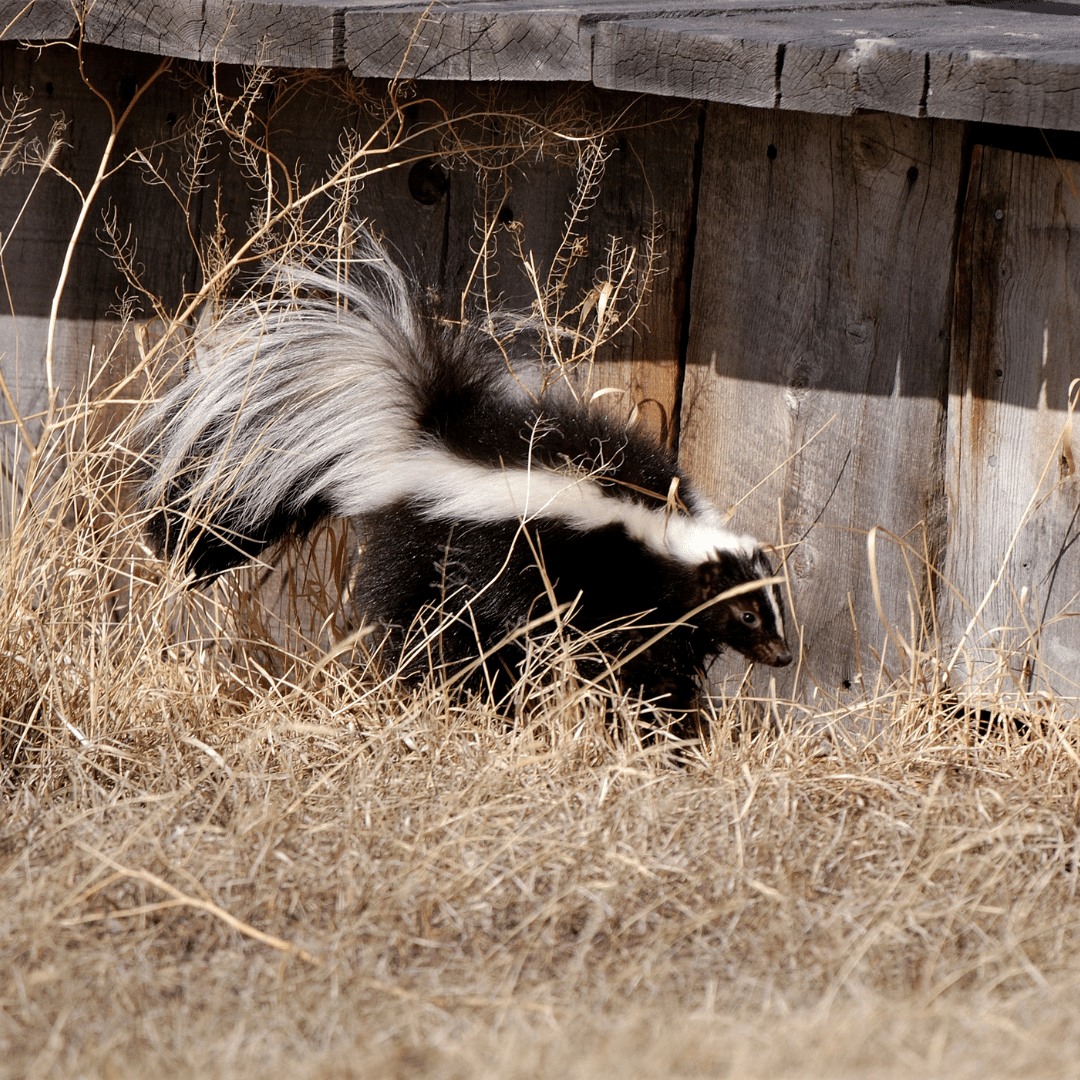Understanding Different Types of Animal Removal Traps
In today’s world, effective animal removal is critical for property owners and wildlife control professionals. Choosing the right type of trap can make a big difference in safely and humanely handling unwelcome wildlife. From the safety-conscious live cage traps to efficient body-gripping traps, we’ll explore various animal removal options, helping you pick the best one for your situation.
Live Cage Traps:
Live cage traps are perfect for those who want to relocate animals without harm. These traps catch creatures such as raccoons, squirrels, and skunks safely. With features like sensitive triggers and durable wire mesh, they provide a humane solution for removing nuisance animals. While they ensure safe release, it’s crucial to follow local wildlife regulations when relocating any animal.
Body-Gripping Traps:
Ideal for rodents and other small animals, body-gripping traps provide quick and effective results. These traps are designed to grip animals instantly, making them a common choice for controlling populations of pests like rats and moles. However, their use requires care to avoid unintended captures and to ensure humane handling.
Foothold Traps:
Foothold traps, known for their versatility, can be used to capture a wide range of animals. They are especially effective for capturing predators like coyotes and foxes. Modern versions are designed with padded jaws to minimize injury to the captured animal. Nonetheless, it is essential to monitor these traps regularly and handle the captured animals humanely.
Conibear Traps:
Conibear traps, often used for aquatic animals like beavers and muskrats, quickly dispatch the trapped animal. They come in various sizes, allowing you to target different species effectively. These traps require a precise setup to ensure they are effective and avoid catching non-target animals.
Glue Traps:
Commonly used for small rodents, glue traps provide a cost-effective and straightforward solution. They work by immobilizing the animal on a sticky surface. However, these traps can sometimes lead to prolonged suffering, and it’s essential to check them regularly to minimize any distress to the captured animal.
Pitfall Traps:
Pitfall traps are usually employed for smaller animals and insects. They are simple holes or containers placed strategically to trap the animals that wander into them. This method is often used in scientific research for sampling local fauna, but they can also be useful for small-scale pest control.
Snare Traps:
Snare traps are designed to capture animals by tightening a noose around them. They can be effective for catching animals like rabbits or foxes. However, because they can cause significant distress or injury, they require careful use and frequent monitoring.
Choosing the Right Trap
Choosing the right trap depends on the target animal, your removal goals, and the environment. For instance, live cage traps are ideal for relocating animals without harm, while body-gripping traps are more suited for controlling rodent populations. It’s crucial to consider the safety of non-target animals, the local wildlife regulations, and the most humane methods available.
Need Us To Come Trap Some Wildlife?
Understanding the different types of animal removal traps can help you effectively manage wildlife issues. Whether you’re a homeowner dealing with nuisance animals or a wildlife professional, choosing the appropriate trap is essential. Always prioritize humane treatment and follow local wildlife regulations when using any of these methods.


